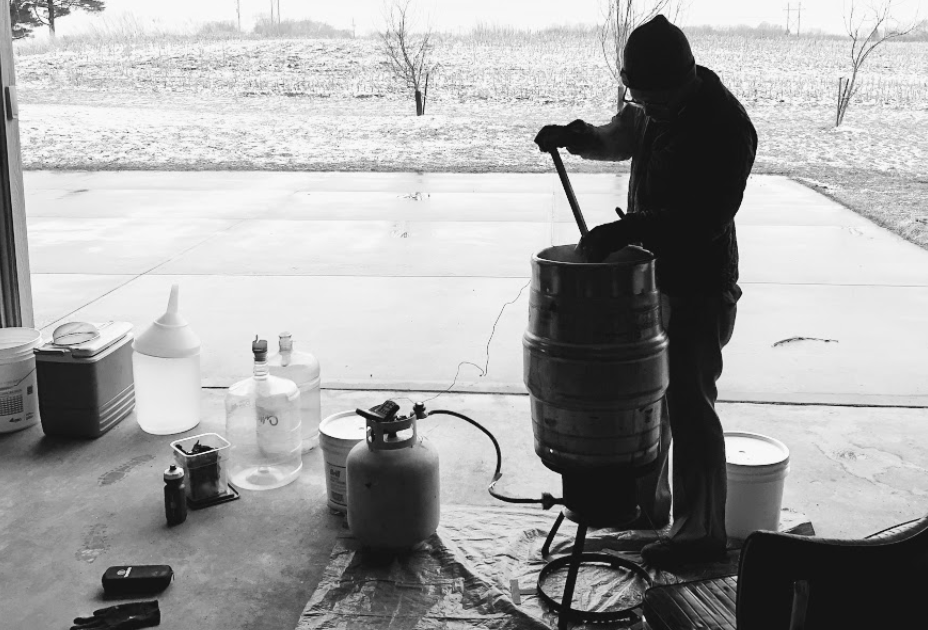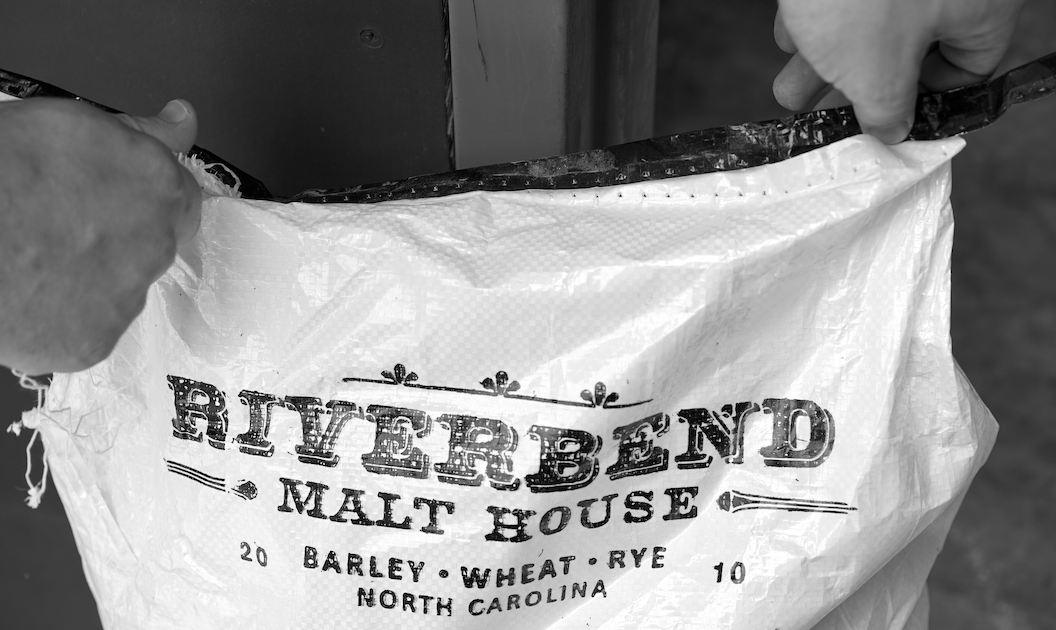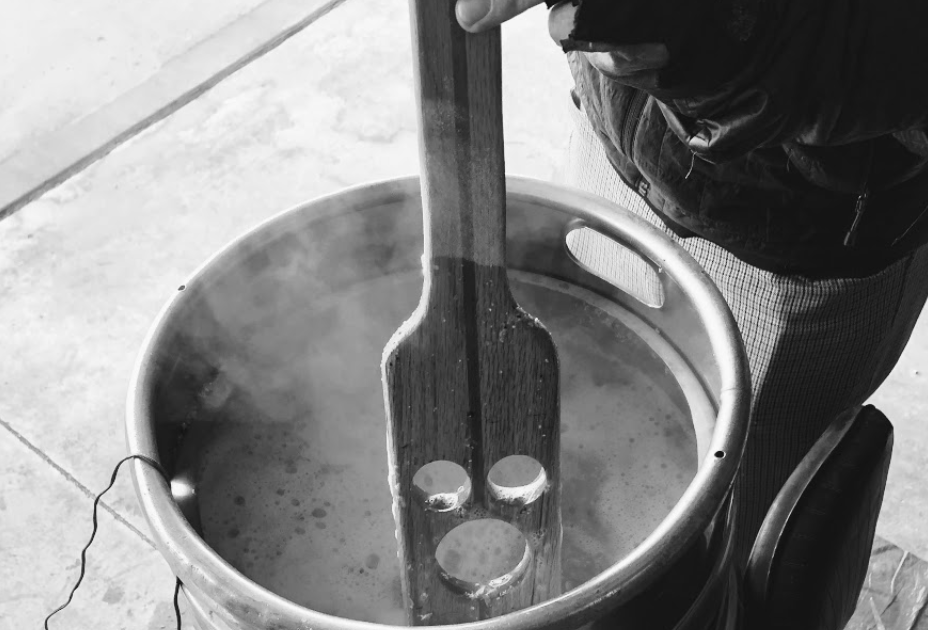A Homebrewer’s Journey to Craft Malt
For Learn To Homebrew Day 2022, we asked Tom Hardinge to guest blog for us about his latest batch made with Riverbend! Here’s his story.
Homebrewers are experimenters.
Who else would take a perfectly good pint and say, “I could make that!” and then proceed to invest most of their free time and hard-earned money attempting to reproduce something that’s readily available in bulk for $19.99 at Costco? Well as it turns out, there are a lot of us… including myself.
My homebrewing journey began more than ten years ago when, after having four children in less than two years, my wife thought I could use a hobby. For most of those years, my local homebrew shop (RIP Beer Crazy!) was the go-to place for ingredients, equipment, and advice. However, like countless small businesses around the country, online competition and the need-it-now consumerism has made life difficult for many local homebrew shops. The burden became increasingly insurmountable, and by late 2019 Beer Crazy had closed its doors for good.
Homebrewers are also innovators; we see opportunities instead of obstacles.
The closure of my local homebrew shop meant that all my ingredients now needed to be sourced online. National retailers like Northern Brewer offered name recognition and suppliers I was already familiar with. Yet because I was procuring all of my brewing components from scratch, I thought “why not see what else is out there?” even if that meant starting an entirely new process.
Which is how I found myself in the world of craft malt.
I discovered an online retailer located in Asheville, North Carolina, called Asheville Brewers Supply. ABS has an extensive selection of ingredients, including locally sourced craft malt. For my first brew using craft malt, I selected Riverbend Base Camp pale malt to use for my base malt. Per the maltster’s description, this malt is kilned at lower temperatures to create a slightly sweet, grainy profile meant to compliment hoppier offerings.
It sounded like the perfect pairing for my fresh-hopped IPA.
The ingredients arrived quickly, and soon I found myself back in the kitchen brewing up a fresh batch of beer. Admittedly, my brewing rig is far from sophisticated, but even so… no additional modifications needed to be made for using the craft malt. By the time I had gathered my first wort running, I knew this was going to be a great batch. Light, sweet, and slightly bready, this malt would provide a delicious “backbone” for the fresh hops.
After three weeks of fermentation and packaging, the reviews were unanimous: the combination of fresh hops with this flavorful new base malt made for an irresistible beer. I’m already planning my next batch this fall, potentially a low ABV table beer using Riverbend Heritage Malt and Bloody Butcher Corn, perfect for pairing with the holiday meals that will soon fill our tables.
The loss of local homebrew stores also signals the decline of local brewing expertise outside of the professional brewing industry. Fortunately, there are resources available online to help the new brewer understand the complexities of making your own beer at home, including the benefits of using craft malt And much like supporting your favorite local brewery benefits your local economy, supporting your local farmers and maltsters by using craft malt helps create a more localized supply chain and an increasingly sustainable brewing future. Not to mention more flavorful and fresher tasting beers!
I for one am looking forward to continuing my homebrewing endeavors by utilizing craft malt.
Follow along Tom’s homebrew journey on Instagram at @dsmbrewster, and stay tuned on @riverbendmalt for updates on his holiday ale!






